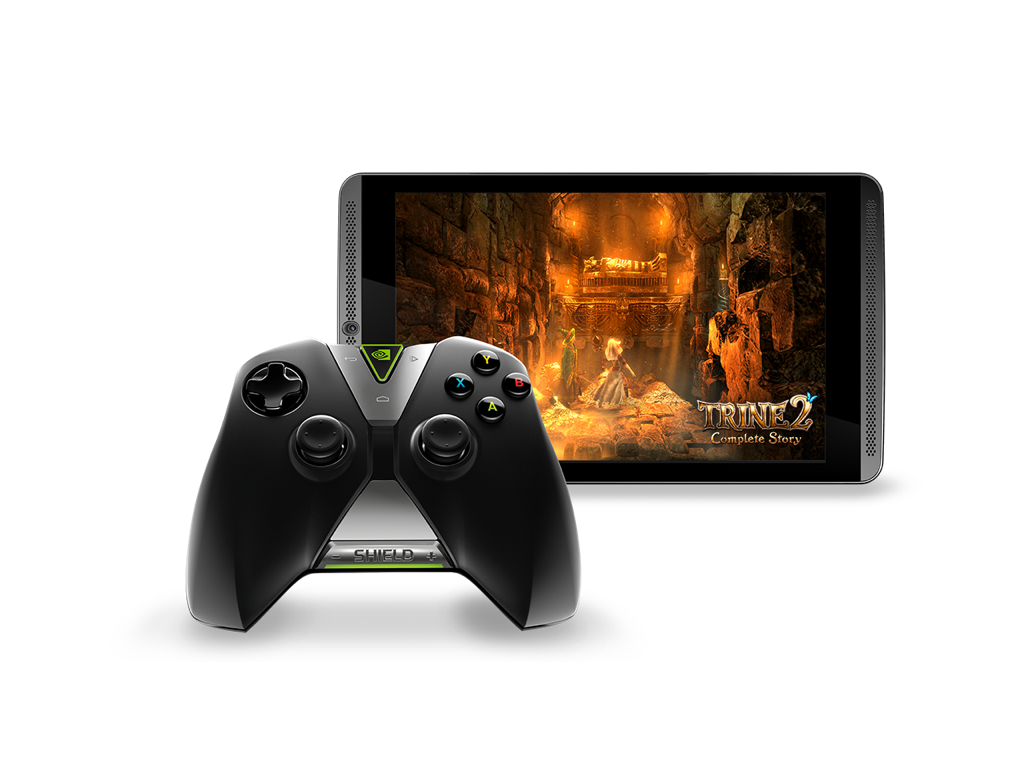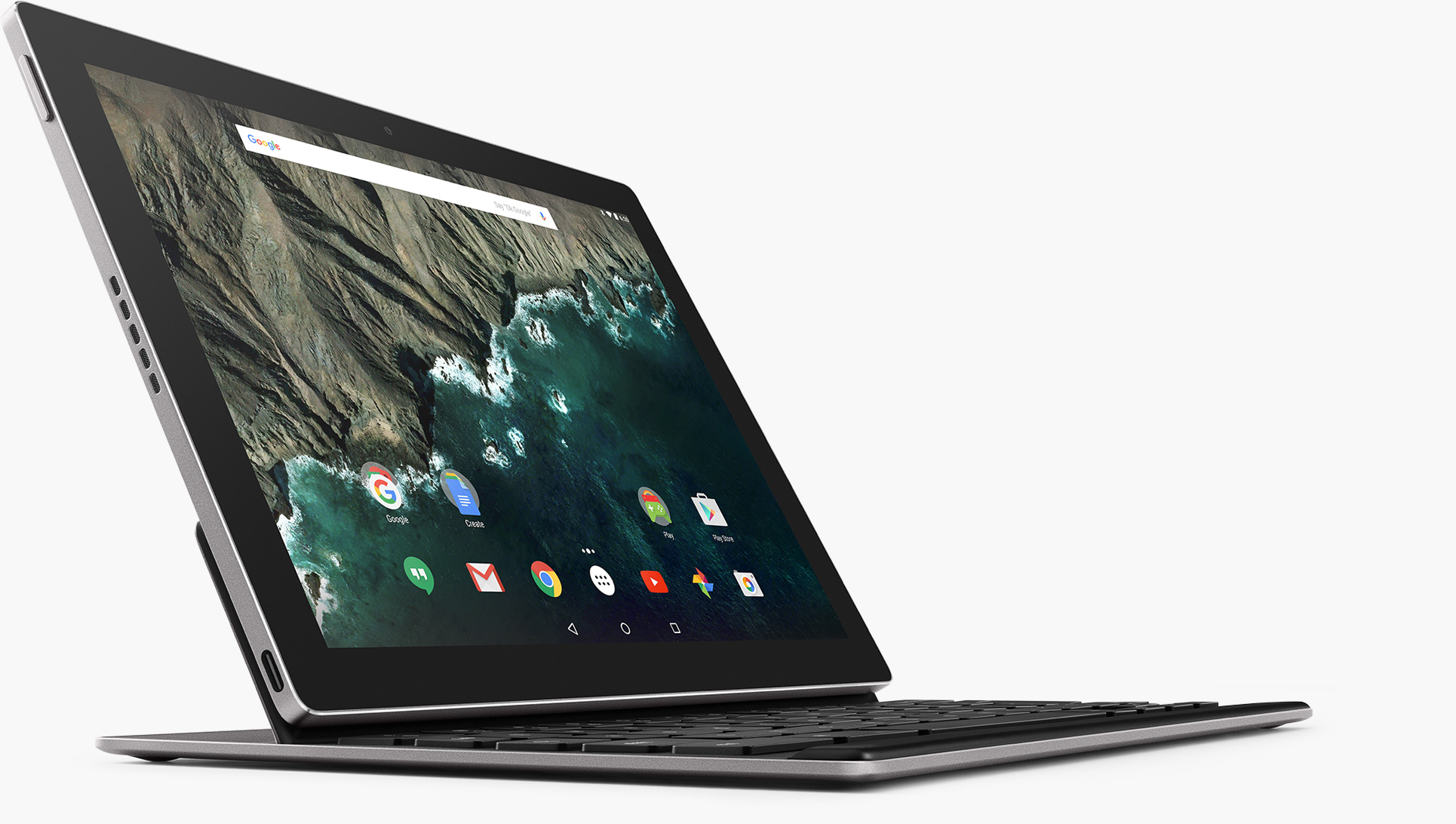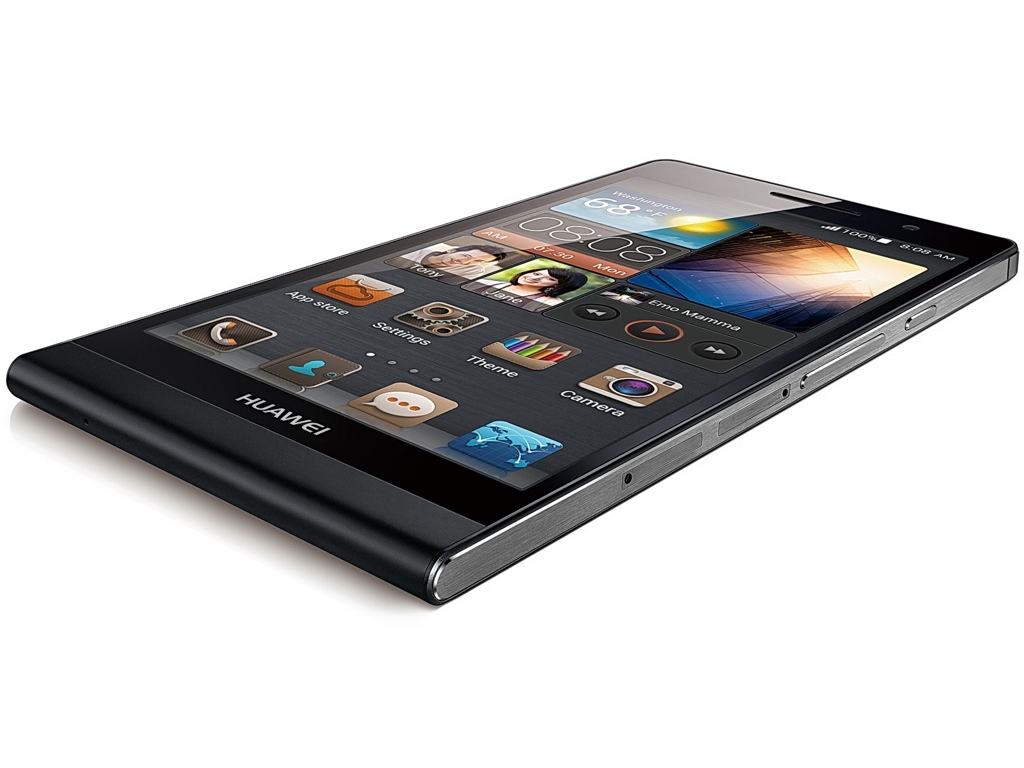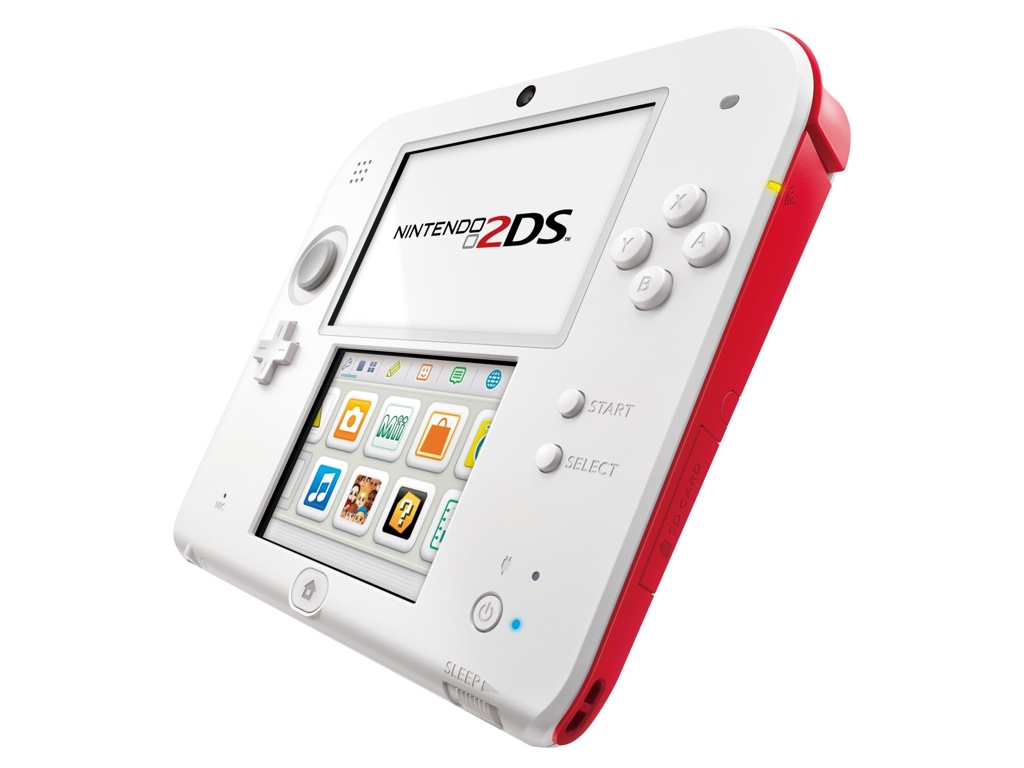The Evolution Of Mobile GPUs In Pictures
Tegra K1 (2014)
Things changed with the release of the Tegra K1. Instead of using a specialized GPU architecture for the Tegra series of products, Nvidia substituted it with a GPU based on its Kepler architecture, which was already in use on the PC. The Kepler architecture performed so much faster than the other competing products in the mobile world that it was sometimes viewed as the mobile GTX Titan. The function was the same, but the raw performance was out of reach of Nvidia's competitors. The Tegra K1 supports OpenGL ES and Direct X 11.2.
Products implementing the Tegra K1 are rare, but Nvidia used it inside its Shield Tablet.
Tegra X1 (2015)
In 2015, Nvidia unveiled an upgraded version of the Tegra K1, known as the Tegra X1 (code-named Erista). The major improvement to the SoC was the switch from the 192 core KG20A based on Kepler to the 256 core (16 TMUs and 16 ROPs) GM20M based on the more energy-efficient Maxwell architecture. The GK20A (Kepler) and 192 cores gave way to GM20M (Maxwell) with 256 cores (and 16 texturing units and 16 units rendering). The clock speed also increased from 852 MHz to 1000 MHz. The Tegra X1 is used inside the Nvidia Shield TV and the Pixel C Google tablet.
Vivante, A Challenger
One of the smaller competitors in the mobile market is Vivante. The American company offers powerful mobile GPUs, but they are rarely used. This is because these GPUs are typically used in embedded devices, and are rarely used inside smartphones. Although these GPUs feature support for DirectX 11 and OpenGL ES 3.x, they receive less support from game developers because of their position in the industry.
DMP PICA200
Let's finish with a look at Japan-based DMP. DMP's GPU technology is not used inside smartphones, but it's found inside many of Nintendo's handheld consoles. DMP's PICA200 is used in the Nintendo 3DS, Nintendo 3DS XL and Nintendo 2DS. The GPU is rather old, initially announced back in 2006, and it has limited API support (OpenGL ES 1.1). Nevertheless, it is sufficient for Nintendo's consoles and the two relatively low-resolution displays they use.
MORE: Best SmartphonesMORE: All Smartphone Content
Micheal Justin Allen Sexton is a Contributing Writer for Tom's Hardware. Follow him on Twitter.
Get Tom's Hardware's best news and in-depth reviews, straight to your inbox.
-
blackmagnum Today's mobile gpu render pictures so fast that the screen can't keep up and you see screen tearing. It's time for smartphone version of G-sync or Free-sync, or just force V-sync like old times.Reply -
owned66 ReplyToday's mobile gpu render pictures so fast that the screen can't keep up and you see screen tearing. It's time for smartphone version of G-sync or Free-sync, or just force V-sync like old times.
all android phones now a triple buffered and stuck at 60 Hz - stutter yes but NEVER tear -
owned66 ReplyToday's mobile gpu render pictures so fast that the screen can't keep up and you see screen tearing. It's time for smartphone version of G-sync or Free-sync, or just force V-sync like old times.
all android phones now a triple buffered and stuck at 60 Hz - stutter yes but NEVER tear
60 FPS*
-
MetzMan007 ATI / AMD probably kicking them selves now for selling off the Imageon line. Nvidia just needs 1 good device for there stuff and they will take off.Reply -
IInuyasha74 Reply17113807 said:ATI / AMD probably kicking them selves now for selling off the Imageon line. Nvidia just needs 1 good device for there stuff and they will take off.
I'd say you are right. Not that AMD couldn't redesign a similar low-power GPU like the original Imageon series of products, but they could have continued upgrading it and probably had a more profitable licensing business similar to what ARM has now. -
razor512 V-sync can be disabled on android at least, though I do not recommend it. A heavy GPU load can increase temperatures and drain the battery fast. On higher end SOC it leads to extra throttling. You can test this using a program like 3c toolbox to monitor the clock speeds after a heavy load with v-sync on and off.Reply
Even SOCs that don't normally throttle, will throttle with a 100% GPU and CPU load. (I have never seen an android game be graphically intensive and also do a 100% CPU load). -
g00ey Something that gave nVidia a performance advantage was according to this article when they gave up their Tegra line and started using their Keplar and Maxwall hardware in their phones.Reply
So AMD could do something similar with their Radeon hardware if they wanted to and probably be as successful as nVidia. Now AMDs present GPU hardware is getting old so I guess they are focusing on the next generation hardware. Guess it would be better to first take care of that before considering pushing GPU hardware to mobile devices. -
DbD2 ReplySomething that gave nVidia a performance advantage was according to this article when they gave up their Tegra line and started using their Keplar and Maxwall hardware in their phones.
So AMD could do something similar with their Radeon hardware if they wanted to and probably be as successful as nVidia. Now AMDs present GPU hardware is getting old so I guess they are focusing on the next generation hardware. Guess it would be better to first take care of that before considering pushing GPU hardware to mobile devices.
More that nvidia made their Kepler and Maxwell architectures from the ground up to be mobile friendly, something AMD haven't done. In a moment of stupidity AMD sold their whole mobile line to qualcomm for peanuts, and decided to concentrate on high powered desktop gpu's.
The unbelievable thing is AMD were ahead of nvidia years back - they had a mobile gpu line before nvidia and even their desktop gpu's were more efficient then nvidia (who at the time were more interested in gpu compute and super computers). Nvidia then recognised the importance of low power and mobile and made that a number 1 priority. In that same time period AMD sold their mobile gpu's and went high power with their gpu's becoming less efficient then nvidia's. Now nvidia have not only the mobile market but pretty well the entire discrete gpu laptop market too, while AMD are going bust.
Bottom line is AMD's management suck!



